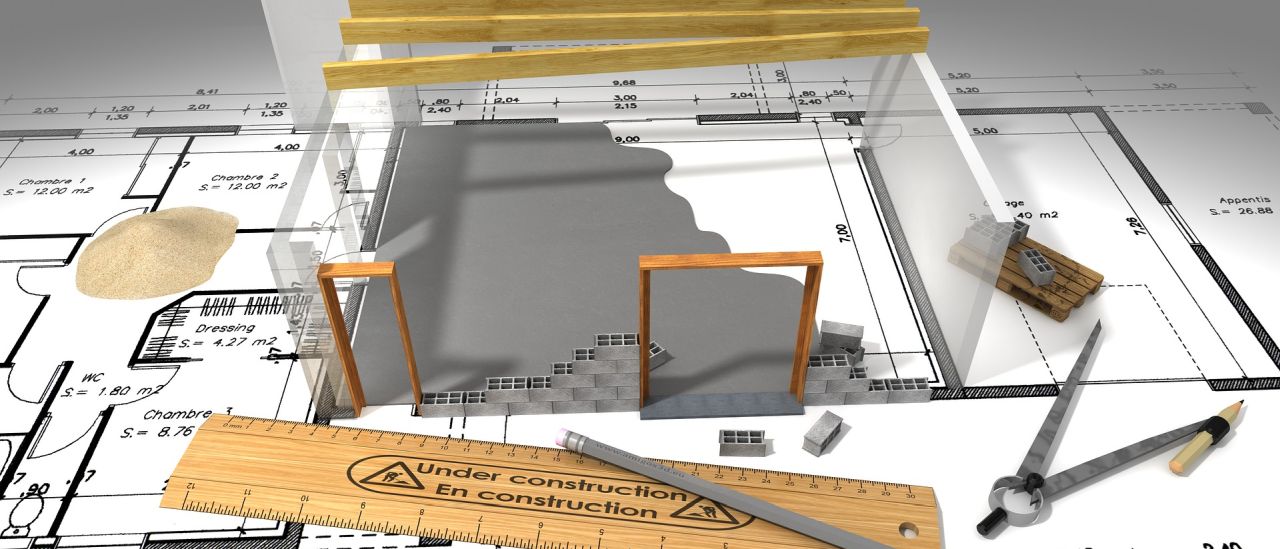Building or buying a new home is one of the biggest (and exciting) investments many people will make.
Because of this, state and territory governments have created legal frameworks to give homebuilders or buyers of newly built homes some protection against inherent risks in such a large investment.
As part of the construction process, builders are required to take out home warranty insurance for most types of properties.
Home warranty insurance is s a type of insurance which protects you if the builder does not finish building the house, or if you discover defects after settlement which the builder will not fix.
What does home warranty insurance cover?
Home warranty insurance covers situations like:
- Non-completion of building work because of the builder’s insolvency, death or disappearance;[1]
- Rectification of a breach of a ‘statutory warranty’ covering the building work;[2]
- Compensation for the owner for a breach of a statutory warranty covering the building work;[3]
- Risk of loss from subsidence of the land (ie sinking), where the subsidence occurs as a result of the builder’s negligence.[4]
The statutory warranties covered by the insurance include that:[5]
- Building work will be done with due care and skill and in accordance with the plans and specifications set out in the building contract;
- All materials supplied by the person will be good and suitable for the purpose they are used and are new, unless the contract discloses that the material is second-hand or reused;
- Building work will be in accordance with, and comply with, legislation;
- Building work will be done with due diligence and within the time stipulated in the contract. If no time is stipulated, the builder warrants that work will be done within a reasonable time.
What types of property are exempted from home warranty insurance?
One of the downsides to home warranty insurance is that builders are exempted from taking it out for residential buildings of three or more floors.[6]
This means larger apartment buildings are not covered by home warranty insurance.
Normally, most off the plan contracts give homebuilders or buyers of newly built homes a defect liability period of two or three months during which they can approach the builder with a list of issues affecting their unit and ask them to rectify same.
Construction contracts also often grant a defect liability period in which the owner/buyer can approach the builder and request they fix any defects at the property.
In NSW, the legislation also excludes small-scale construction work of less than $20,000.00,[7] and work which only involves built-in furniture like cupboards, wardrobes or bench tops.[8] In other words, home warranty insurance is only available for newly built houses, townhouses, or small apartment buildings.
How long does the insurance last?
Length of cover depends on the type of work covered and the nature of any defects.
| NSW | |
| Loss arising from non-completion of the work | 12 months from the failure to complete, or the cessation of, building work[9] |
| Loss arising from a major defect in residential building work | 6 years from completion of the work[10] |
| Any other loss | 2 years[11] |
| ACT | |
| Loss arising from a structural element of a building[12] | 6 years after completion of the work |
| Loss arising from a non-structural element of a building[13] | 2 years after completion of the work |
For NSW, a ‘major defect’ means a defect in a ‘major element’ of a building which is attributable to a defective design, faulty workmanship, defective materials, or a failure to comply with structural performance requirements with the National Construction Code which causes, or is likely to cause:
- The inability to inhabit or use the building, or part of it, for its intended purpose; or
- Destruction of the building or part of the building; or
- threat of collapse of the building or part of the building.[14]
For the ACT, a ‘structural element’ of a building means either a load-bearing component of the building which is essential to its stability,[15] or a component forming part of its external walls or roof.[16] A ‘non‑structural element’ is anything which is not a ‘structural element’.[17]
Takeaways
It is important that you confirm, before entering into a construction contract, that the builder has taken out home warranty insurance. This means you will have a mechanism for fixing issues with your home that occur after settlement, should the builder not be around to fix them for you. Also, if you are buying a newly constructed home or a unit ‘off the plan’, you should make sure that a copy of the certificate of insurance is attached to the contract.
However, if you are buying a strata unit with more than 3 storeys, you need factor in the lack of a home warranty insurance policy into your decision-making process. If an issue arises with the property and the builder isn’t around to fix it, the owners corporation will have no option other than raising special levies to pay – additional costs for you and the other owners.
For more information please contact Shalini Sree:
e: ssree@elringtons.com.au | p: +61 2 6206 1300
[1] Home Building Act 1989 (NSW) s 99(1)(a).
[2] Home Building Act 1989 (NSW) s 100(1)(a).
[3] Home Building Act 1989 (NSW) s 100(1)(b).
[4] Building Act 2004 (ACT) s 90(1)(h).
[5] Home Building Act 1989 (NSW) s 18B.
[6] Home Building Regulation 2014 (NSW) reg 56(1); 56(7); Building Act 2004 (ACT) s 84.
[7] Home Building Act 1989 (NSW) s 92(3); Home Building Regulation 2014 (NSW) reg 5(1)(b).
[8] Ibid reg 58.
[9] Home Building Act 1989 (NSW) s 103B(1).
[10] Home Building Act 1989 (NSW) s 103B(2)(a).
[11] Home Building Act 1989 (NSW) s 103B(2)(b).
[12] Building (General) Regulation 2008 (ACT) reg 38(1)(a).
[13] Building (General) Regulation 2008 (ACT) reg 38(1)(b).
[14] Home Building Act 1989 (NSW) s 18E(4).
[15] Building (General) Regulation 2008 (ACT) reg 38(2).
[16] Ibid.
[17] Ibid.









